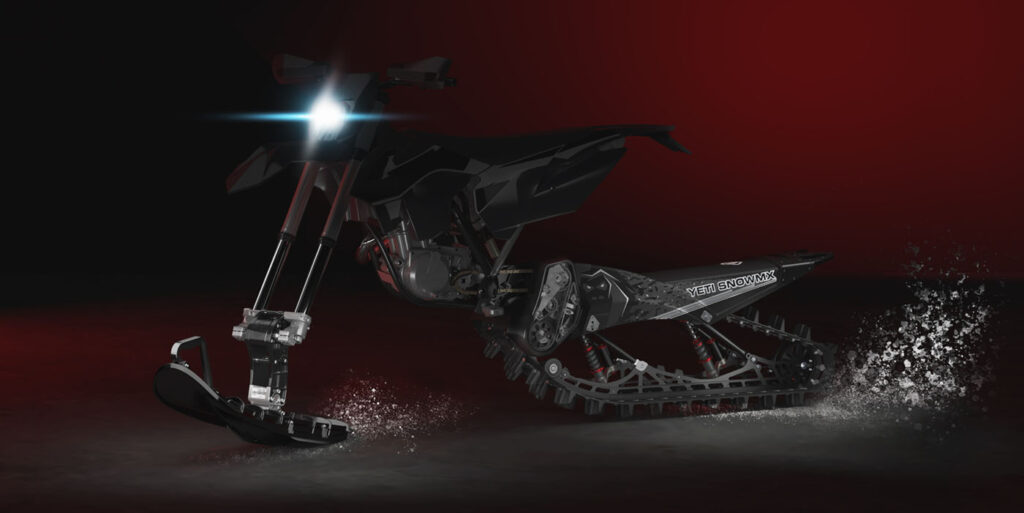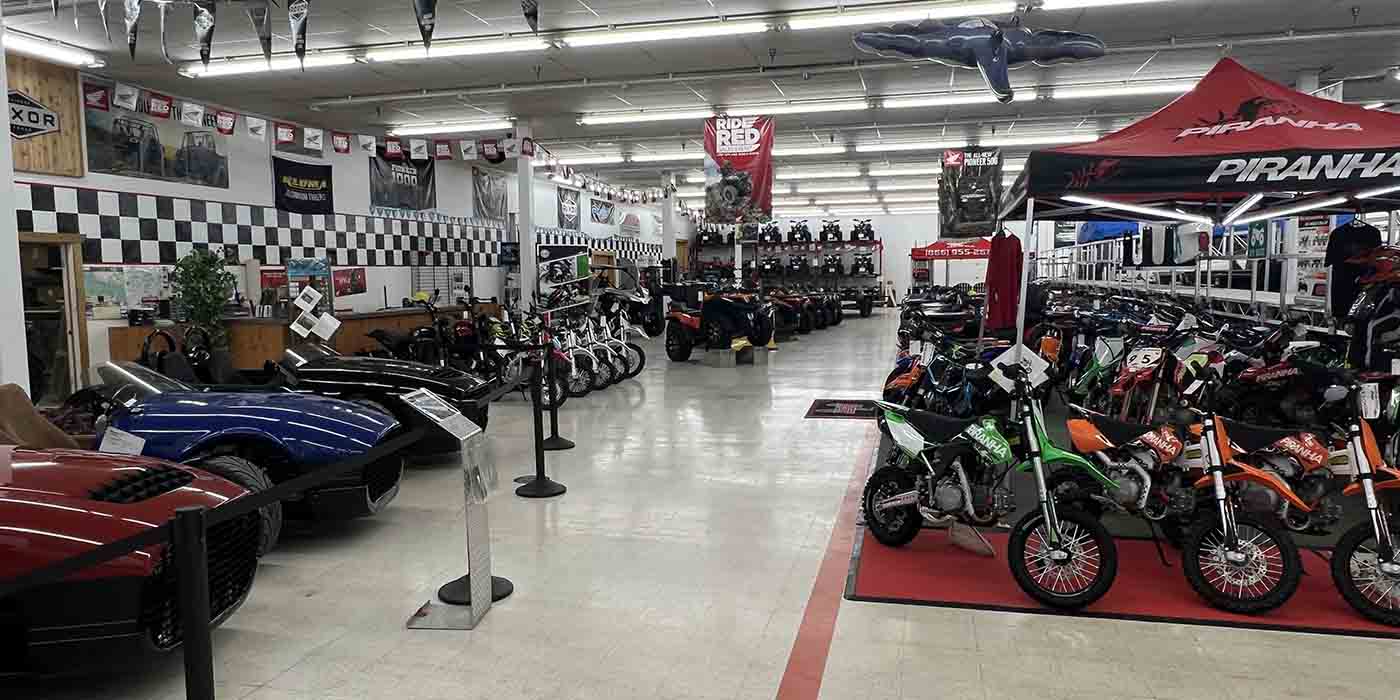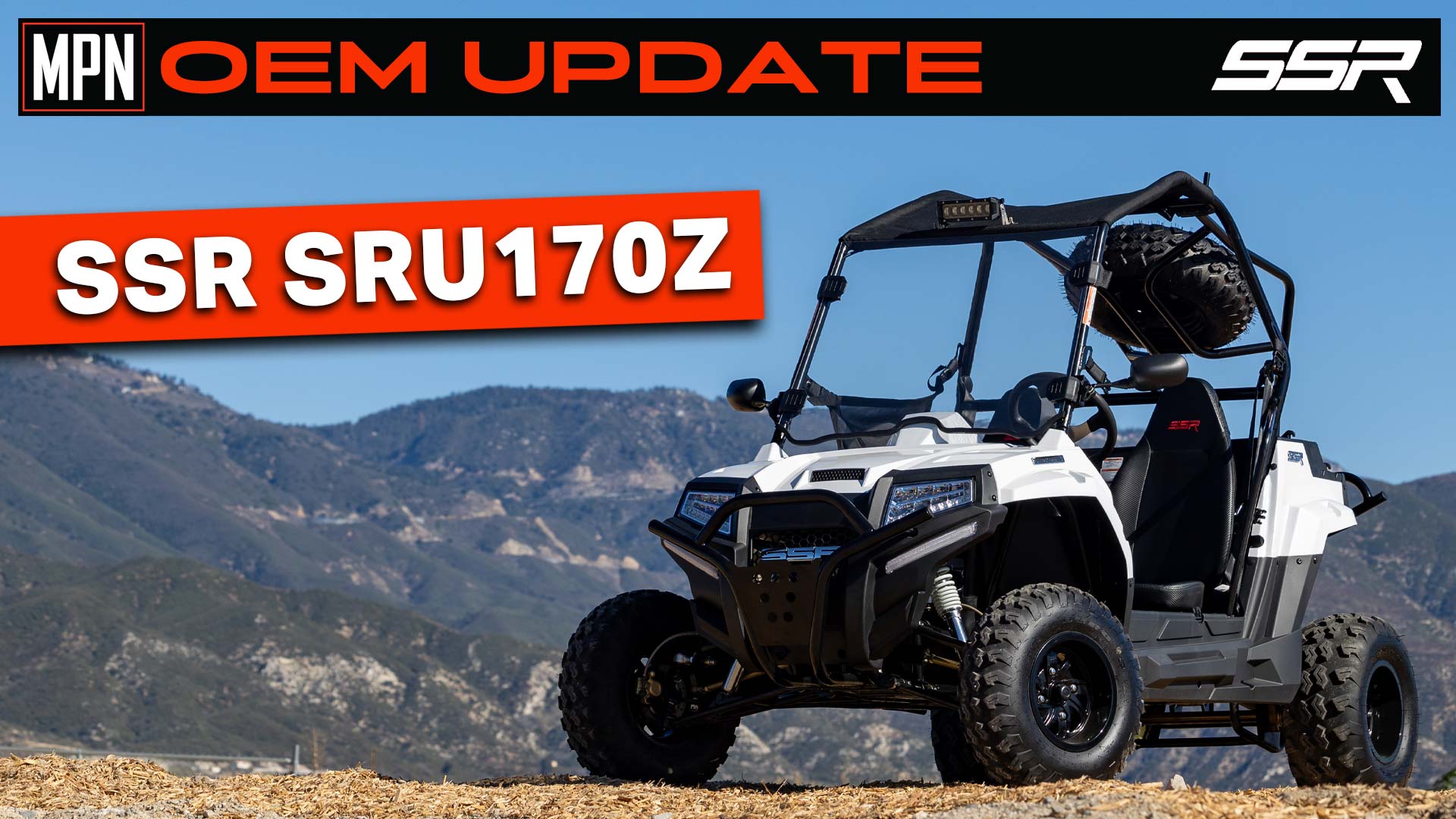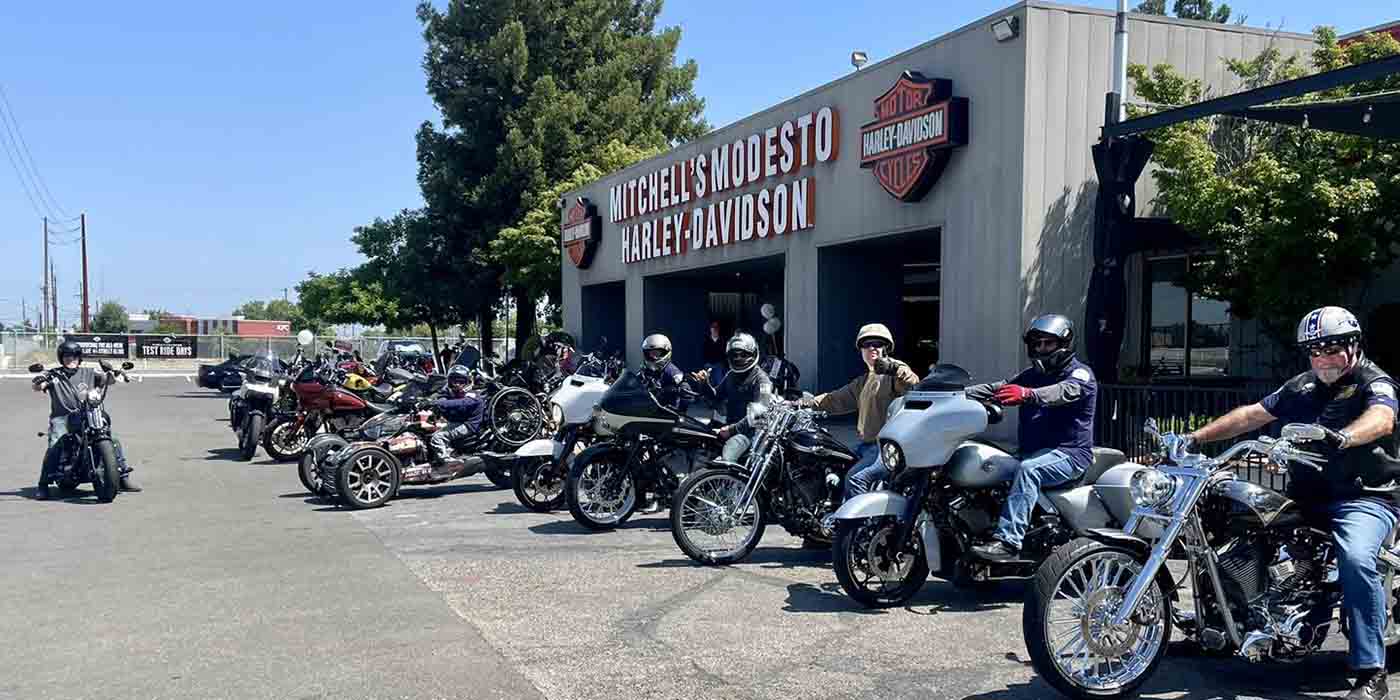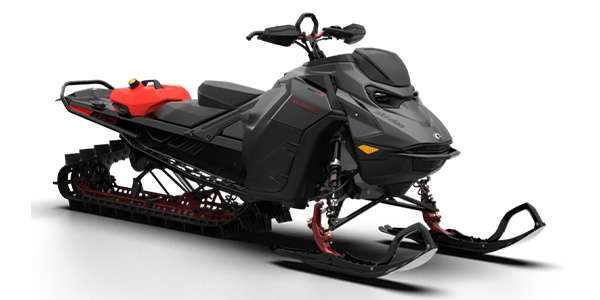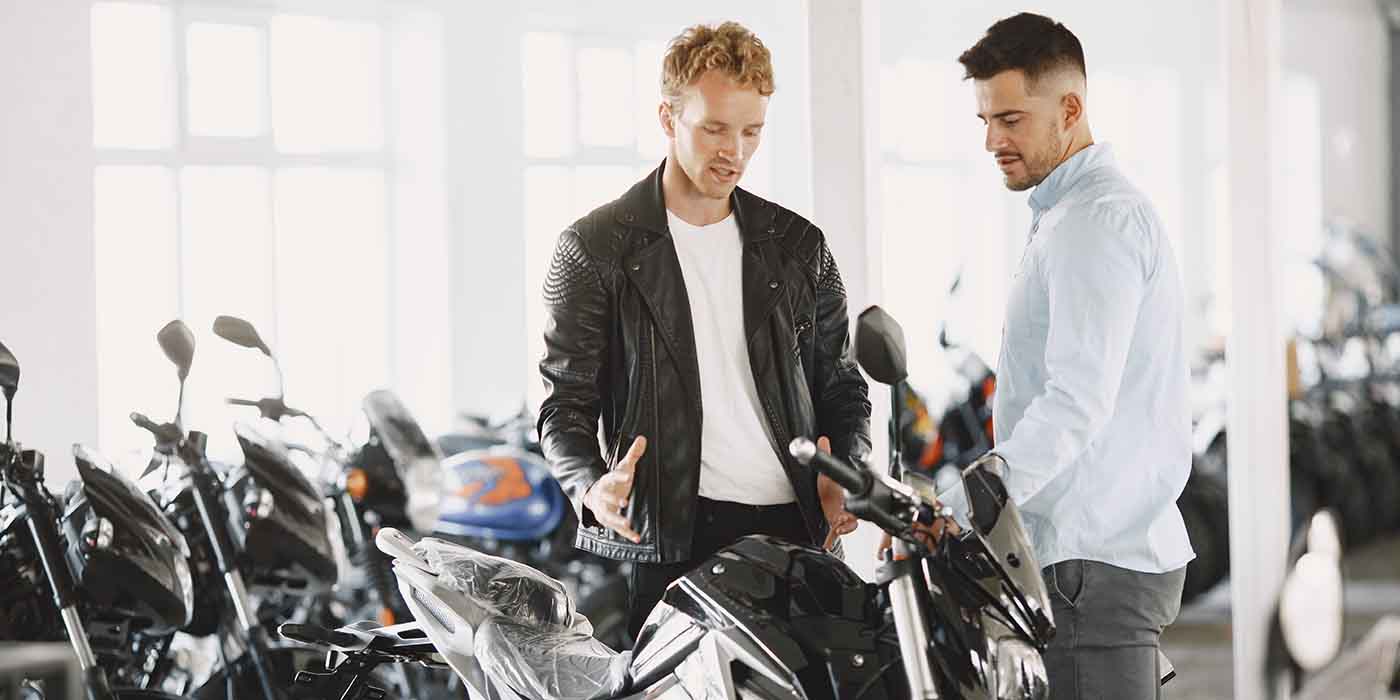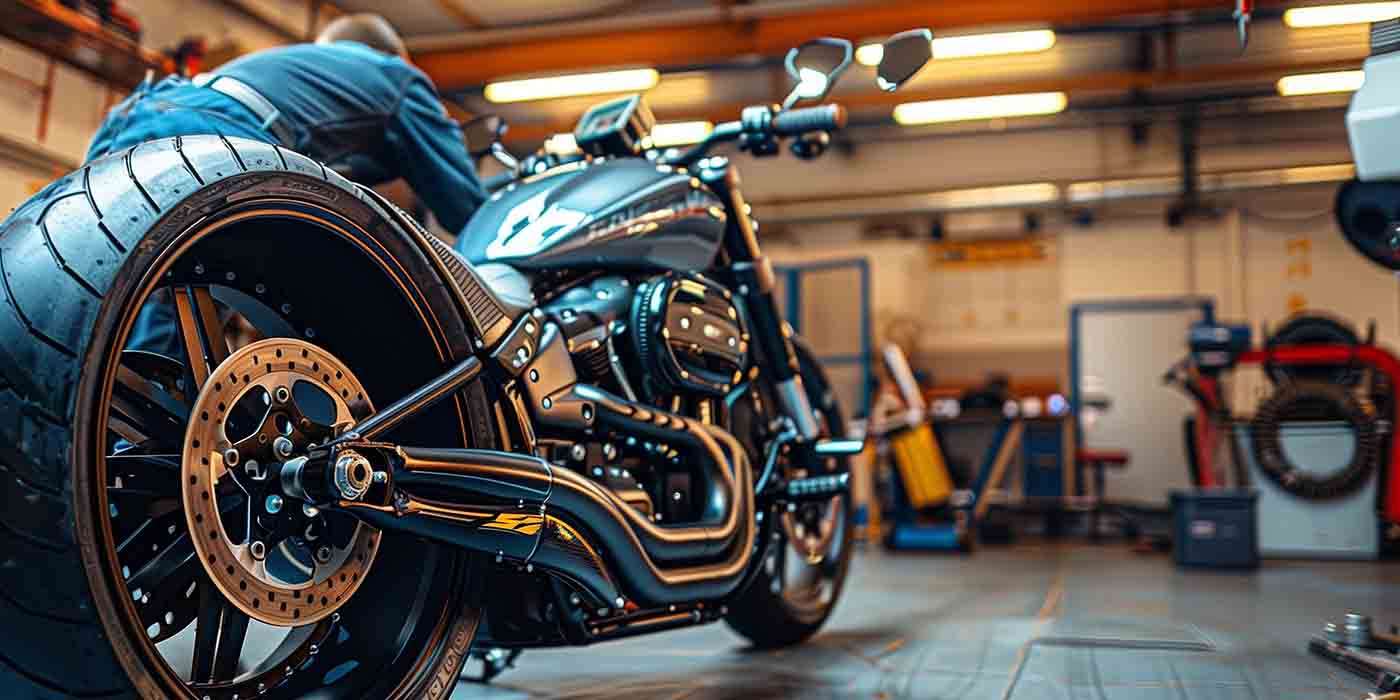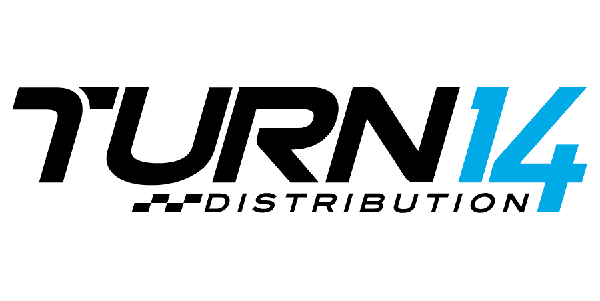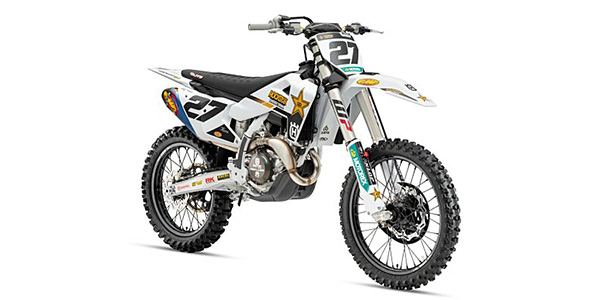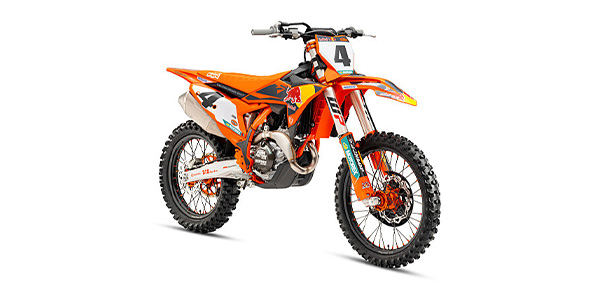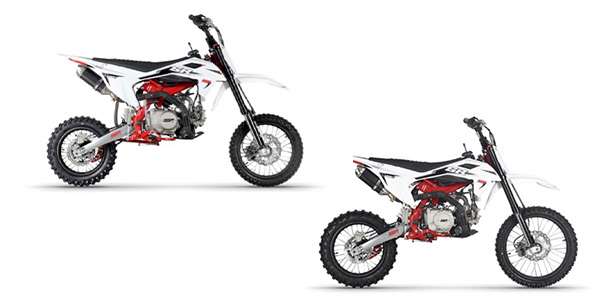When most people think of a winter powersport vehicle, they think of a snowmobile. And while lately we’ve covered how to help customers find the right sled and what accessories they should buy for it, we would be remiss if we did not mention the other exciting ride that’s taken the industry by storm in recent years: snow bikes.
It’s important to let customers know that they have options available. Let’s take a look at the differences between these two types of sleds as well as some specific accessories for snow bikes themselves.
Snow Bikes vs. Snowmobiles
If you’ve ever gone from riding an ATV to a motorcycle, you’ve encountered the same sort of difference you would in switching from a snowmobile to a snow bike. The size, weight and balance of the vehicle each differ. A snow bike has a much narrower body definition than a traditional sled, because while snowmobiles are one cohesive unit, a snow bike is comprised of two portions coupled together – the frame of a dirt bike and a separate snow kit.
Ian Shelman, lead mechanical engineer for RALE Industries/Western Power Sports, explains, “The bulkhead of a snowmobile could be compared to the frame of a motorcycle. In a snowmobile, the bulkhead supports the motor and drive system, and the tunnel is rigidly attached to this bulkhead. In a snow bike, the frame and engine are one distinct portion that is separate from the tunnel and track system. In modern snow bikes, this offers an opportunity to provide articulation and suspension performance between the motorcycle frame and snow bike tunnel, so that the snow bike isn’t rigid from the ski to rear bumper like a snowmobile chassis.”
As a result, the thinner, more agile body of a snow bike allows it to navigate through tighter and steeper terrains that a snowmobile might not be able to go through. “That means, if you like to ride through backcountry forests or make tight turns, then a snow bike will give you a quick response and handling,” says Jason Davis, vice president of powersports at Michelin.
However, as with snowmobiles, you have to consider your terrain and the level of snow on the ground to determine where it’s best to ride a snow bike. While a snowmobile needs at least 6 inches of powder to run, a snow bike can run on just 4 inches. Furthermore, snow bikes perform better when the snow is a bit stickier and more set up so they can get a lot of traction. But if a customer is looking to cruise through deep drifts, a snowmobile might be the better way to go.
“In the deepest snow conditions, mountain snowmobiles will excel due to their additional power, traction and flotation, while snow bikes will be slightly limited. In low to moderate snow conditions, however, snow bikes are an absolute thrill and extremely capable machines,” Shelman states.
So, while snow bikes offer the playfulness of a motorcycle, snowmobiles offer power – and those are just two of the factors that make up the different customer bases for these machines.
Who’s Your Customer?
While a snowmobile rider can become a snow bike customer and vice versa, because of the vehicles’ different handling and snow abilities, these two customer bases are generally different. As a result, which vehicle the customer is looking for will generally come down to his or her intended use — mountain vs. trail/race riding.
Consider the different topographies of the most wintery regions of the U.S. — the Midwest is completely flat while the West is scarred with soaring mountains, and the Northeast has its own fair share of hilly terrain. So, while a Midwest rider is going to be sticking to trails and races, a Westerner or Northeasterner might be tearing up the slopes – whether racing or not. Add in the fact that West Coast snow tends to be drier and fluffier, while East Coast snow leans more on the wet and heavy side, and you’ve got several different factors to help your customer consider.
“In order to perform in deep snow conditions, mountain machines will utilize longer track lengths and taller track paddles than their trail and race machine counterparts,” Shelman notes. “The region of a consumer, as well as their preferences, have significant influence over what machine type and application is best for them.”
However, there’s another aspect of your customer to consider, which is yearly riding habits. Does your customer already own a dirt bike, or is this person completely new to wintery sports? All of this will play a big role in determining whether a snow bike or a snowmobile is a better fit.
Brock Bolin, Timbersled product specialist at Polaris, relays, “The majority of snow bike riders are dirt bikers who want to ride all year. They already have dirt bikes, and they love how [snow bikes combine] what they love about riding dirt bikes with the adrenaline of the backcountry in the winter.”
Nels Eide, mountain product manager at Polaris, adds, “Nearly all snowmobilers have had a previous snowmobile or have some connection to snowmobiling through friends or family. The customer riding [a snow bike] by and large wouldn’t have been interested in a snowmobile, so it’s been a lot of fun to get another group of customers out riding in the snow.”
Snow Bike Accessories
Now, if a motorcycle customer comes in to buy a snow kit for his or her bike, your job is to make sure that rider also walks away with the necessary accessories for said bike. In comparison to snowmobiles, snow bike accessories are, for the most part, unique to the vehicle, and Davis provides a checklist of popular and/or necessary ones:
- Cargo rack: As with snowmobiles, you can attach a rack over the track, though it’s naturally smaller than the snowmobile version. “It’s easy to install, strong and can securely carry any essentials needed when riding,” Davis says.
- Bogie wheels: If you’re looking to ride in low-snow conditions, these wheels, attached to the rail, will provide longevity and are simple to install, according to Davis.
- Spare fuel carrier
- Adaptations for winter use:
- Extended foot pegs
- Thermostat
- Engine jacket
- Heated handlebars
- LED lighting
- Thicker seats.
Several of the above adaptations are necessary accessories to keep the bike in working order. After all, the main body of a snow bike is a dirt bike, which is not made to handle wet powder.
“Thermostats are the most critical accessory for snow bikes,” Shelman asserts. “Dirt bikes are not intended to operate in such low temperatures and be inundated with snow continuously, so a thermostat controls the cooling of the bike so that it can maintain a proper operating temperature.” He also notes that having a thermostat to control engine temperature and prevent over fueling will help prolong engine life, as will running a snow-safe intake filter to prevent the engine from ingesting water.
“Engine blankets or armor kits are also common to shroud the engine from snow, and coolant-heated bars are a common method of warming the hand grips without drawing on the small electrical system in most snow bikes,” Shelman adds.
Speaking of heated grips, these are another obligatory modification – not just to keep moisture from adhering to them, but also to keep a rider’s hands thawed.
Recent Developments
Because a snow bike has less power than a snowmobile and rides better on shallower powder, snow bike manufacturers have been working the past few years to better utilize more of that power and also help the bike tread deeper.
“The focus of snow bikers today is weight reduction and optimizing performance in deep snow,” Davis states. “The weight of the system is key, as the available power from a traditional dirt bike motor is limited.”
Thus, manufacturers have been creating designs and innovations in the track that will give it optimum performance and traction in varying conditions — from deep snow to steep terrain. In addition, innovative suspension systems have elevated the performance ceiling and maximized the bike’s motorcycle-esque handling.
The evolution of snow bikes is happening incredibly fast, with new technology every year. If you sell snowmobiles and haven’t hopped onto the snow bike train just yet, you might want to get on before the snow melts! If you’re still on the fence about whether or not snow bikes make sense for your shop, there’s only one way you’ll be able to convince yourself.
“Get out and throw a leg over a snow bike!” Shelman recommends. “Snow bikes offer a completely unique snow experience that everyone really needs to try to understand.”

